China forgives interest on loans granted to Mozambique up to 2024 and donates €12 million – ...
Public investment in Mozambique under the Guebuza mandate – Deutsche Welle

DW (File photo) / President Filipe Nyusi (L) and former president Armando Guebuza (R)
The effect of investments made during the two terms in office of former president Armando Guebuza are beginning to be felt acutely in Mozambique with the escalation of public debt and the increased burden of citizens.
Several projects considered essential to the country’s economic and social development welfare were implemented between 2005 and 2015, during Guebuza’s two terms in office.
Examples include the Maputo-Catembe bridge, valued at about US$700 million, the Maputo ring road, valued at US$315 million, and the logistics base of Pemba, valued at US$150 million.
Although they were welcomed at the time, these projects are now the subject of criticism because of the impact of their cost on the Mozambican economy. Mozambican economist Ragendra de Sousa is among those who believe that elements in the evaluation of these projects need to be questioned.
“If we are expecting the bridge to be paid for by tolls, not even in 150 years will that happen,” says de Sousa. “It is a debt that will resonate in the budget. The second element of this analysis is that because it is urban infrastructure, the people who will pay for it are the residents of Lichinga, Tete, and Zambezia who, in a way, takes little advantage of it.”
For Ragendra de Sousa, it is important to have a “balance between who incur the debt, the beneficiaries of the debt and the allocation of costs and payments.”
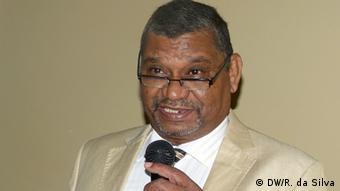
The Maputo-Catembe bridge is the result of public investment, meaning that the state creates new productive capacity using taxes, which are charged to the citizen.
According to de Sousa, this type of investment should not fall solely on the central government.
“In most developed countries, this debt would be paid by the Maputo provincial budget, with some central budget subsidies, since it is a bridge that has to do with the province of Maputo. But in our case this is not so; it is central government public investment, paid for out of central revenue.”
With the worsening economic situation in Mozambique, Mozambicans are beginning to question the public investment, particularly in terms of transparency.
“The problem is not the relevance of the investment, but the costs”
Mozambican lawyer and journalist Ericino de Salema says that technical corruption is one of the problems with these investments. “Experts say it was possible to build these projects for much less. For me, that’s the problem – the technical corruption in the costing, to the benefit of those who orchestrate the projects,” the lawyer says.
“The question is not the relevance of, for example, the Maputo ring road. It is the fact that the work is costing more than it should. And if we study the budget plan of the greater Maputo area, we find that’s nothing new.”
Economist de Sousa points out that investments which are not carefully analysed have negative consequences.
“Public debt is so heavy that, I can now assure you, there will be maintenance problems,” he says, citing the Maputo ring road as an example. “Maintaining the road is a cost, and, as external debt consumes our resources, there will be no resources left for this maintenance.” As a result of lack of maintenance, the economist predicts that “Six or seven years from now, we will have to do rehabilitation, because the road will be full of holes”.
This is where Ragendra de Sousa sees economists playing a key role. “These are the kind of variables we [economists] look at. We are concerned with investment, maintenance and returns, so that scarce resources are used to produce the greatest possible benefit,” he explains.
Public debt weighs on Mozambican taxpayer
Public debt results when the state borrows money for public investments because resources resulting from tax collection are insufficient to meet objectives. To pay this debt, an internal economic effort is needed.
Public debt is a headache for the government of Mozambique at the moment, and now there is a new complication: undisclosed loans valued at about US$1.35 billion taken on by the previous government for vague investment objectives. How they will be repaid, no-one exactly knows.

De Sousa says it is essential that government decision-making bodies have the power to “decide on investment opportunities, because not having that capability in a country like ours, where we lack almost everything, is out of the question. Someone has to take decisions about priorities.”
The way out of the financial crisis highlighted by the economist is first to “renegotiate the debt and, second, do everything in our power to accelerate gas projects and diversify the economy”.
This arduous task now lies in the hands of the current president Filipe Nyusi and his government. The legacy of Armando Guebuza is a reality that weighs on the average Mozambican and, it seems, will continue to torment him in the medium term.
“I think that any assessment of the former president’s two terms, if people are minimally honest, has to show one thing: that, though potentially you could point out positive aspects, they were disastrous. The entire structure of public accounts, the whole balance of payments, which in itself is deficient, is increasingly in deficit,” says Salema. “The most obvious result is the entry of the IMF [International Monetary Fund] to take control of public finances,” he concludes.


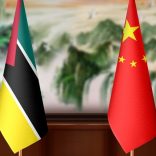



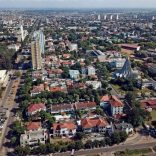

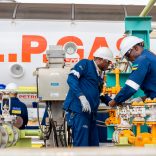
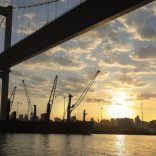


Leave a Reply
Be the First to Comment!
You must be logged in to post a comment.
You must be logged in to post a comment.